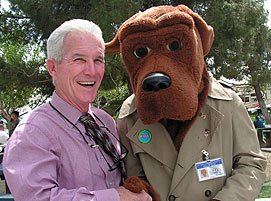 Grind, grind, grind, grind. If you live with a teeth grinder, especially a night grinder, you may be familiar with this unpleasant sound. Other symptoms of teeth grinding (technically called “bruxism”) include:
Grind, grind, grind, grind. If you live with a teeth grinder, especially a night grinder, you may be familiar with this unpleasant sound. Other symptoms of teeth grinding (technically called “bruxism”) include: • Sensitivity in the teeth
• Tightness or pain in the jaw
• Dull headaches, earaches, or facial pain
• Chipped, worn down, or loose teeth
People frequently grind their teeth in response to stress, so taking measures to reduce or eliminate stress can help solve the problem. Here are some things you can try to stop grinding:
• Cut back on caffeine and alcohol
• Drink plenty of water to avoid dehydration
• Relax right before bedtime with a warm bath or shower
• Help your jaw learn to relax by quitting any chewing habits (pens, pencils, gum)
• When clenching or grinding happens during the day, place your tongue between your teeth to serve as a reminder to avoid the habit
If grinding goes untreated, it can lead to chipped teeth, worn enamel, chronic pain, or even TMJ, a painful jaw disorder. If the teeth-grinder in your house can’t stop, make an appointment to see us by calling 661-878-9464. Dr. Snow can help determine the cause of the problem and possibly even prescribe a custom mouthpiece to help break the habit.







